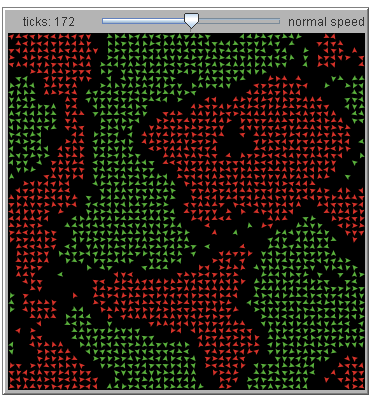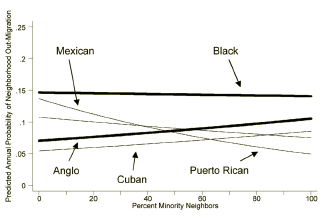- Facebook54
- Total 54
 In the National Gallery of Art in Washington DC, a large room replicates a Zen monastery in Kyoto where originally 30 large silk panel paintings of animals were hung with a triptych of the Buddha between two bodhisattvas. Ito Jakuchu painted all these panels between 1757 and 1766.
In the National Gallery of Art in Washington DC, a large room replicates a Zen monastery in Kyoto where originally 30 large silk panel paintings of animals were hung with a triptych of the Buddha between two bodhisattvas. Ito Jakuchu painted all these panels between 1757 and 1766.
They are superficially uniform: all the same size and shape, hung on the same luxurious cloth backgrounds, showing small animals in shallow scenes that are gently or evenly lit so that barely any shadows emerge. But they are far from monotonous. Some are placid; others vibrant, crowded, even violent.
The technique varies widely. White paint is sometimes spattered on the back of the sheer silk panel to shine through and represent snow. In other cases, the artist builds up a large patterned area by coloring small planes that are surrounded by negative space (blank silk) instead of painted outlines. Certain objects are depicted with radical abstraction: a stream is just a serpentine block of paint. Other objects are represented in obsessive detail.
The room as a whole is arranged according to subtle patterns, with interesting parallels between each panel and the one facing it from the opposite wall.
I know little about Jakuchu’s cultural context and have read only that he was somewhat eccentric, independent of artistic schools, and a Sinophile Buddhist. But I imagine him saying something like this. “The snow doesn’t form subtle patterns above a pond for our delectation or by anyone’s design. It just falls that way because of what happened to occur before it fell. There is no plan or purpose to nature. Yet, because of the way we have evolved, we happen to find it lovely. We also love any physical object that represents such a scene. It too is the result of random and impersonal forces, the forces that created Ito Jakuchu and ultimately ended his life. Those white paint spatters on the back illustrate the “dependent origination” of this work. And yet they are not random. They were spattered by a man who was trying to recreate nature for his own delight and yours.”
Life may be a bridge
Between darkness and darkness,
But look at the birds.


